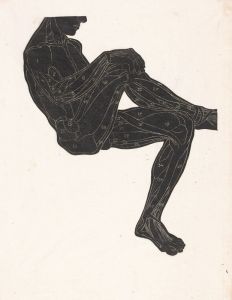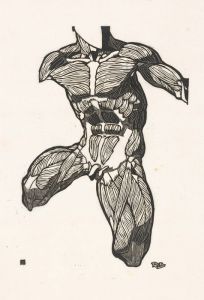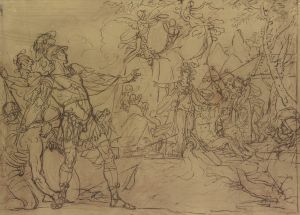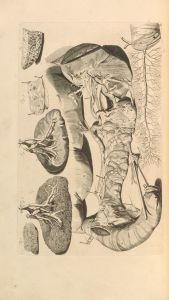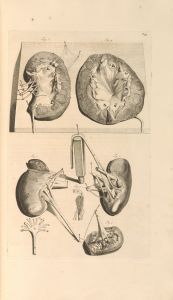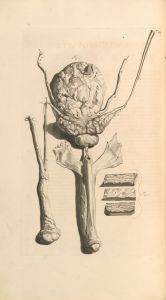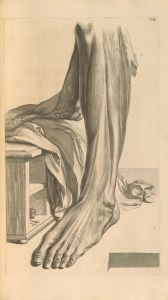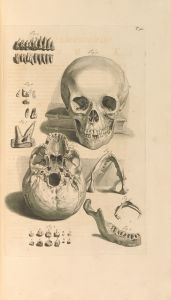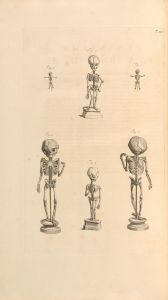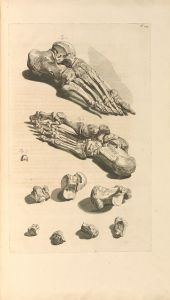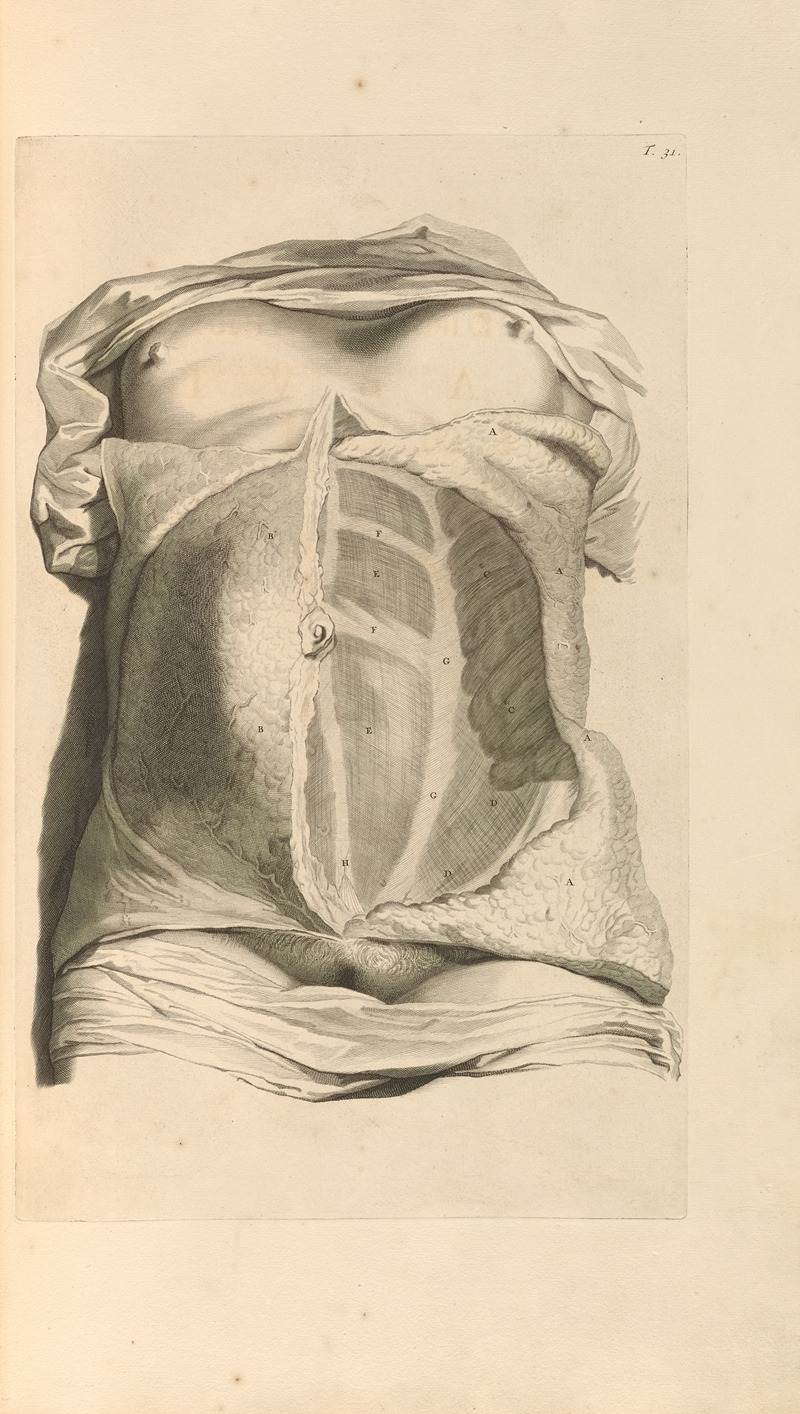
Anatomia humani corporis Pl.032
A hand-painted replica of Gerard de Lairesse’s masterpiece Anatomia humani corporis Pl.032, meticulously crafted by professional artists to capture the true essence of the original. Each piece is created with museum-quality canvas and rare mineral pigments, carefully painted by experienced artists with delicate brushstrokes and rich, layered colors to perfectly recreate the texture of the original artwork. Unlike machine-printed reproductions, this hand-painted version brings the painting to life, infused with the artist’s emotions and skill in every stroke. Whether for personal collection or home decoration, it instantly elevates the artistic atmosphere of any space.
Anatomia humani corporis Pl.032 is an illustration by Gerard de Lairesse, a prominent Dutch Golden Age painter and art theorist, who lived from 1641 to 1711. This particular illustration is part of a larger work titled "Anatomia Humani Corporis," which was a comprehensive anatomical atlas published in 1685. The atlas was a collaborative effort between de Lairesse and the Dutch anatomist Govard Bidloo, who provided the anatomical expertise and descriptions accompanying the illustrations.
Gerard de Lairesse was known for his classical style and was heavily influenced by the works of Nicolas Poussin and the Italian Renaissance. Despite being a successful painter, de Lairesse's career was affected by his eventual blindness, which led him to focus more on art theory and writing in his later years. His contribution to "Anatomia Humani Corporis" is significant as it showcases his ability to blend artistic skill with scientific inquiry, a common pursuit during the Enlightenment period.
The illustration Pl.032, like others in the atlas, is characterized by its detailed and accurate depiction of human anatomy. De Lairesse's work in this atlas is noted for its artistic quality, which was not merely functional but also aesthetically pleasing. The illustrations were intended to serve as educational tools for medical students and professionals, providing a visual aid to complement the textual descriptions of human anatomy.
"Anatomia Humani Corporis" was published in Amsterdam, a major center for scientific and artistic publishing in the 17th century. The work is considered a significant contribution to the field of anatomy, not only for its scientific content but also for its artistic merit. The collaboration between de Lairesse and Bidloo exemplifies the interdisciplinary nature of scientific exploration during this era, where art and science were often intertwined.
The atlas includes a series of plates, each depicting different aspects of human anatomy. These illustrations were engraved on copper plates, a common technique at the time, which allowed for detailed and precise images. The use of copperplate engraving was essential for producing the fine lines and intricate details necessary for accurate anatomical representation.
De Lairesse's illustrations in "Anatomia Humani Corporis" are also notable for their dramatic and sometimes theatrical presentation of anatomical subjects. This approach reflects the baroque sensibilities of the time, where emotion and movement were often emphasized in art. The illustrations often include allegorical elements, which were intended to engage the viewer and provide a deeper understanding of the human body.
Overall, Gerard de Lairesse's contribution to "Anatomia Humani Corporis" represents a significant intersection of art and science. His work helped to advance the understanding of human anatomy while also elevating the artistic standards of scientific illustration. The atlas remains a valuable historical document, illustrating the collaborative spirit of the Enlightenment and the enduring relationship between art and science.





